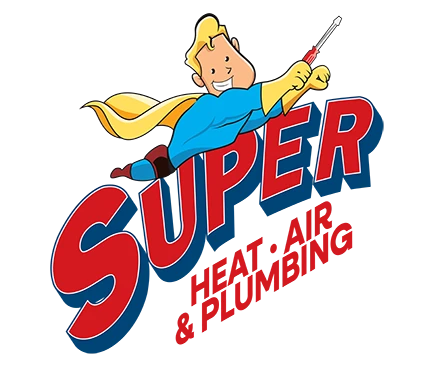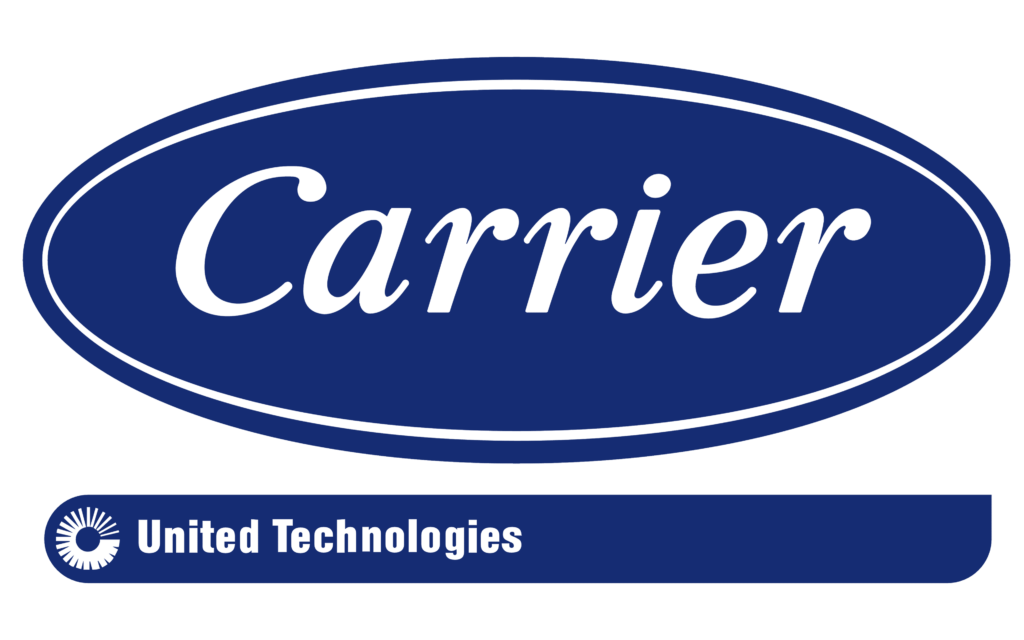While we are in the midst of pollen season here in Tampa Bay, you might be looking for ways to make the air that you breathe while indoors healthier. Air purifiers use internal fans to pull the air in your home through filters that remove allergens such as dust, pollen, and bacteria from the air. This is repeated several times throughout the day, keeping the air that you and your family breathe cleaner and healthier.
Scroll down to learn more about how air purifiers work in your home.
Do I Need an Air Purifier?
The EPA estimates that indoor air is two to five times dirtier than outdoor air — and sometimes can even up to 100 times dirtier! A good air purifier keeps you healthy. Although the choice is up to you whether you want to use an air purifier in your home, there are some pretty good reasons why you might consider one!
Air purifier benefits include:
- Air purifiers don’t just clean the air, they also help get rid of unpleasant food odors!
- We all love our furry friends, but pet dander, fur, and other airborne allergens are released into the air of your home from your pet! Air purifiers help combat these allergens before they have a chance to settle into your home.
- The truth is smoke stinks. If you have a family member who smokes in the home, or you light your fireplace when it’s chilly, an air purifier can trap the smoke before it ends up in your furniture.
- There will always be dust in your home. It’s a fact. But an air purifier helps trap dust before it has time to settle which reduces build-up and less cleanup time!
- Air purifiers can remove up to 99 percent of airborne bacteria in the home such as pollen, mold spores, viruses, and other bacteria.
- HEPA air purifiers with UV bulbs can neutralize up to 99.97 percent of airborne germs and allergens so your family can stay healthy year-round!
- Air purifiers come in a variety of sizes and different features that will keep the air healthy in every room of your house.
Related Reading: Fighting Seasonal Allergies in Your Home
Which Air Filter Should I Get for My Air Purifier?
If you want to create an allergen-free space for you and your family, these four types of air purifiers are most recommended:
True HEPA/UV-C Air Purifiers
These are the best air purifiers that you can buy. While typically more expensive than others, they are worth it for those who live in high allergen areas, or those who have lung issues, and are more susceptible to pollen allergies. HEPA/UV-C air purifiers combine HEPA filters with UV germicidal light to trap 99.97 percent of airborne allergens, and 99 percent of airborne germs and bacteria.
True HEPA Air Purifiers
True HEPA air purifiers are the minimum level of protection you should look for, especially if you or a family member has an allergy problem. They rid your home of pollen, dust mites, and mold spores to keep allergies at bay and keep your home smelling fresh. True HEPA filters and HEPA/UV-C air purification filters should be replaced at least every three months.
HEPA-Type Air Purifiers
These types of air purifiers are the less-effective cousin to True HEPA purifiers. If pollen or dust mites aren’t a problem in your home, then this air purifier might be a good option for you. They still trap 99 percent of small airborne particles such as dust, smoke, and pet dander, but they don’t get rid of smaller allergy-causing particles like pollen or dust mites.
Permanent HEPA-Type Air Purifiers
These air purifiers work just like HEPA-Type air purifiers except their filters DO NOT need to be replaced. The reusable filters DO require occasional cleaning though!
Other Types of Air Purifiers
When it comes to air purifiers and filters, there are plenty of other options to choose from. Some can even be incorporated into the choices that we discussed above! Here are some other air purification options to look out for:
- Activated carbon filters use small absorbent pores to capture air pollutants as they pass through the carbon filters. The pores chemically react to the pollutants in the air, so they are great at removing odors, chemicals, and smoke, but they do not remove dust or allergens. If you have an odor problem in your home, look for HEPA filters with activated carbon to help remove these odors from the air.
- UV purifiers remove bacteria and viruses from the air with ultraviolet germicidal light. These are rarely used alone and work best when combined with HEPA air purifiers.
- Ionic air purifiers don’t actually purify the air in your home. They send streams of negative ions into the air that attach to airborne particles making them too heavy to remain airborne. These negatively charged particles are attracted to the surfaces in your home and settle there. So these particles might be removed from the air, but they still need to be cleaned from the surfaces of your home.
Remember the air in your home can be just as polluted — or more polluted — than the air outside. Indoor air purifiers can remove pollutants and allergens from the air in your home, making it healthier for everyone in your family.
Related Reading: Why Clean Your Home’s Air Ducts
Purify Your Air with Super Heat, Air, and Plumbing
Ready to purify the air and prevent allergens and pollutants from being circulated throughout the home? Call on the pros at Super Heat, Air, and Plumbing for duct cleaning services to remove allergens with antimicrobial sanitizing to give your air ducts a hospital-grade clean! Plus, we can recommend HEPA air purification systems and install them in your home.
Give us a call at [hls_phone_number] or Contact us on our website to schedule a duct cleaning or an air quality audit and start breathing better at home today!



